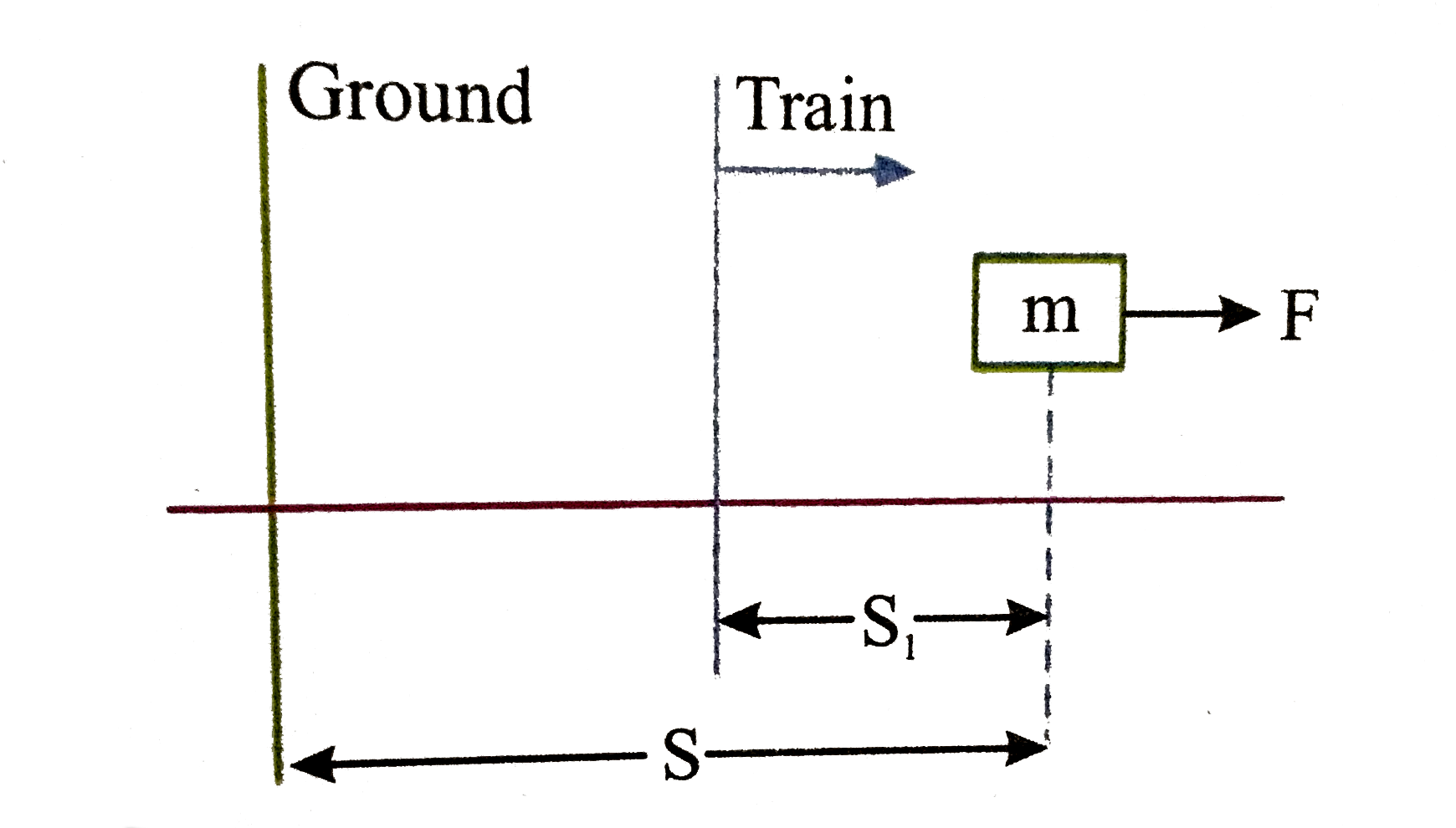In the previous example, if the net force on the car at its highest point is straight down, why doesn't the car fall straight down?
Remember that force tells an object how to accelerate. If the car has zero velocity at this point, then it would fall straight down, but the car has a nonzero velocity (to the left) at this point. The fact that the acceleration is downward means that, at the next moment v will point down and to the left at a slight angle, ensuring that the car remains on a circular path, in contact with the track. this contact force is the normal force. you can think of the normal force as a measure of the strength of contact between two surfaces. if it is a high value, they are pressing very hard against one another. if it is a low value, they are not pressing very hard against one another. it is easy to see, them, that if the normal force is zero, there is not contact between the cart and the surface. so long as the normal force is not zero, the cart is still in contact with the surface.
Topper's Solved these Questions
Similar Questions
A roller-coaster car enters the circular-loop part of the ride. At the very top of the circle (where the people in the car are upside down), the speed of the car is v and the acceleration points straight down. If the radius of the loop is r and the total mass of the car (plus passenger) is m, find the magnitude of the normal force exerted by the track on the car at this point.
View SolutionThe force of gravity is proportional to the masses of the bodies. Then why doesn't a heavy body fall faster than a light body?
View Solution
Knowledge Check
A block of mass m sits at rest on a frictionless table in a rail car that is moving with speed vc along a straight horizontal track (fig.) A person riding in the car pushes on the block with a net horizontal force F for a time t in the direction of the car's motion.

According to a person standing on the ground outside the train ?AVc+FtmBVc−2FtmCFtm−VcDzeroA car is moving on a straight road. The velocity of the car varies with time as shown in the figure. Initially (at t=0), the car was at x=0, where, x is the position of the car at any time 't'.

The time interval during which the car is retarding can be :-At=50s to t=70sBt=30s to t=50sCt=30s to t=60sDt=10s to t=20sThe diagram shows a velocity-time graph for a car moving in a straight line. At point Q the car must be
 Amoving the with zero accelerationBtravelling in the reverse direction to that at point PCtraveling below ground -levelDmoving with decreasing speed.
Amoving the with zero accelerationBtravelling in the reverse direction to that at point PCtraveling below ground -levelDmoving with decreasing speed.
If a mirror reverses right and left, why doesn't it reverse up and down?
View SolutionA car is moving on a straight road. The velocity of the car varies with time as shown in the figure. Initially (at t=0), the car was at x=0, where, x is the position of the car at any time 't'.

The time interval during which the car is retarding can be :-
View SolutionAccording to Newton's law of gravitation, the earth's gravitational force is higher on an object of larger mass. Why doesn't that object fall down with higher velocity as compared to an object with lower mass ?
View SolutionA car moving on a straight road is an example of:
View SolutionA block of mass m sits at rest on a frictionless table in a rail car that is moving with speed vc along a straight horizontal track (fig.) A person riding in the car pushes on the block with a net horizontal force F for a time t in the direction of the car's motion.

What is the final speed of the block according to a person in the car ?
View Solution
